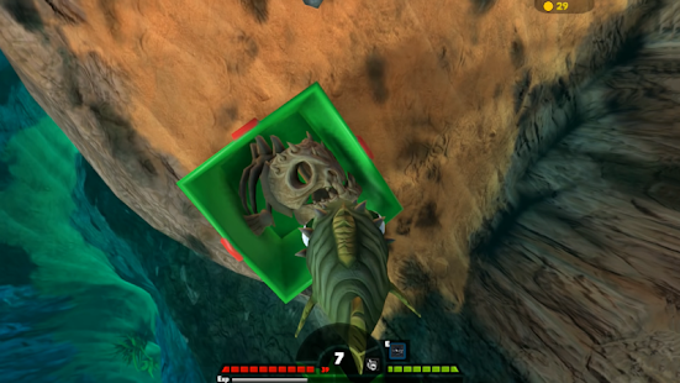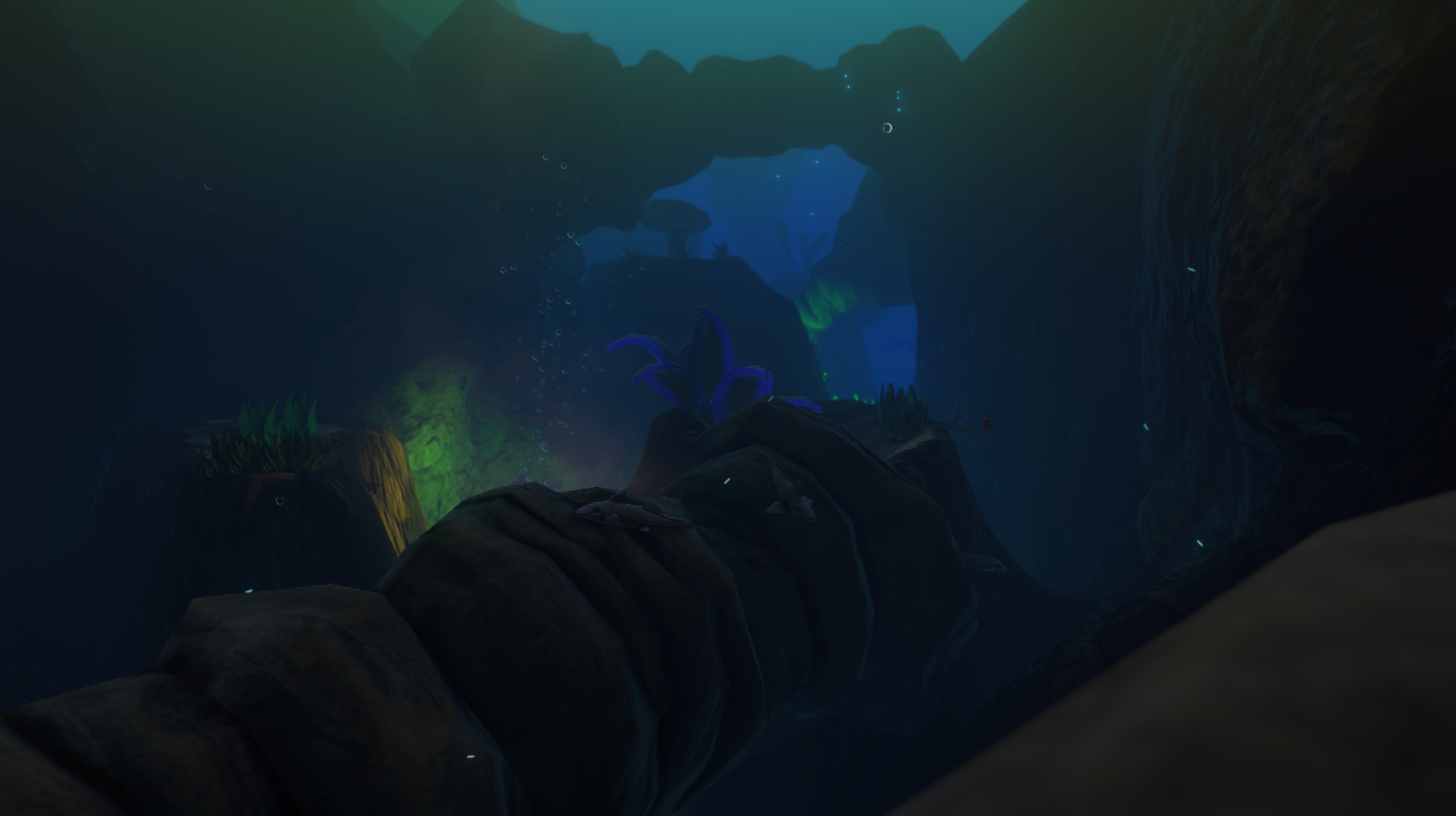Koi fish is a popular form of Japanese carp which is often used in large ornamental ponds and outdoor water gardens. One of the main reasons for this is its large size and the fact that it is usually found to have attractive colored skin.
The fish project was integrated in a wetland system to biologicaly and eco-friendly purify the crocodile waste water to be released downstream. We use waste water to grow algea as the only feed to produce between 200 and 300 Technical manager (Reasearch and Developement). The plants need the fish waste to thrive. The bigger the grow bed and thus the more plants, the more fish waste required. Simple – you need enough fish to support your plants. In general the recommended grow bed to fish tank ratio is approximately 1:1, i.e. The fish tank volume should be approximately equal to the volume of the.
But ornamental ponds are not the only place for koi carp. In fact, you may have heard of koi aquaponics systems and wondered what exactly they were.
In short, this is a system of growing plants or crops without soil. The nutrients for the plants are indirectly created by the koi or other types of fish. These nutrients come from fish waste which bacteria transform into nitrates; these are nutritious to the plants. The fish water is pumped past the plants to allow them to absorb the necessary nutrients.
They’re sought out for their durability as they can withstand year-round temperatures and are highly resistant to common parasites. Whereas the most used aquaponics fish, the Tilapia, need temperatures above 75 degrees to thrive, Koi can function in temperatures ranging from 35 to 85 degrees.
I have written a book that contains all the information you need to get started with aquaponics.
Don’t be the person that makes painful mistakes during your first aquaponics build!
It has 265 pages filled with information about aquaponics. It’s available in paperback or eBook format.
You can buy it here on Amazon.com
Aquaponic systems require less energy for heating the water; reducing your costs. They’re great algae eaters so typically subsist on existing growth within the aquaponics system in addition to greens such as peas, watermelon, and lettuce.


It’s interesting to note that during winter Koi require less frequent feeding (once a day) and produce less waste. This will obviously affect the plant growth rate within your koi aquaponics system.
In contrast, warmer temperatures will allow the koi to flourish. In fact, it is recommended they are fed several small meals throughout the day; this will result in the production of more waste. You should also be aware that cold water holds more oxygen, making it essential to add oxygen in the warmer months; this will help to make sure your koi stays healthy.
Koi are not considered a good fish for eating so for those looking to garner not only plants from their aquaponics system but also a protein source might be better off with a different fish such as Trout or Tilapia. However, Koi can reach lengths of up to two feet after four or five years if water quality and space in the tank are optimized, meaning their resale to hobbyists and pet stores may reap a profit.
One of the challenges in this regard is that after a few generations of selective breeding is not employed, the pretty sheen and color array will fade making the Koi look no better than common carp. Thus, the resale value will be diminished if their breeding is not managed properly.
Another drawback is that when the Koi gets larger they start to produce a lot of waste and can overload the system. The waste production must be monitored and a larger and more efficient filter may need to be installed or your grow bed expanded; allowing you to produce more plants.
Sizing Koi Aquaponics Systems
Koi have been known to live up to thirty years and grow longer than two feet. Of course, as they grow larger more space will be required for them to thrive.
A simple calculation will show that you need a tank ten feet in depth and over 1000 gallons of water just to handle half a dozen full grown koi carp.
When you consider this, it will make sense to run your koi aquaponics system for a few years as they grow from small fish to large and colorful ornamental fish. You’ll then need to sell the larger ones to collectors or other people with koi aquaponics systems. You can then invest in some smaller fish to keep your koi aquaponics setup healthy.
Koi As Algae Eaters
Koi carp are not fussy eaters. In fact, they will eat virtually anything you give them. This includes green vegetables, plant matter and even some of your own food waste. They are also very good at eating algae; which is why they have earned the name aquaponics algae eaters.
The reason they eat anything and are known as aquaponics algae eaters is that they have long intestines. This allows them to get the maximum level of nutrients out of any food source.
This means your feeding costs are minimal and your ability to look after your fish properly is maximized. After all, when operating a koi aquaponics system you’ll need to feed the fish and check the water (pH level, ammonia, nitrites, nitrates, and the temperature). That’s not a lot of work to do considering the rewards.
Using Existing Koi ponds for Aquaponics
When you set up an aquaponics system the usual first step is to establish a tank for your fish. This can be an IBC tote, a rigid pond liner or any other container that is large enough to make a home for your fish.
However, what many people don’t consider is the idea of using an established pond; such as one with koi that are already present. This is actually a viable and attractive way to start your aquaponics system. The koi are already established; all you need to do is connect it up your grow beds.
In addition to building your koi aquaponics set up, you’ll benefit from an attractive view in your garden.
You will need to monitor the water level more closely as the level is more likely to fluctuate depending on the weather. It is also important to be aware of the risk of predators.
You can use a split flow from your pump where one line goes back into the pond and the other in your growbeds, NFT or DWC system.
Pros of Koi Aquaponics
- Running Costs
The most obvious benefit is the fact that the koi live in water with a temperature of between 35° and 50°F; you won’t need to heat the water to keep your fish happy.
In addition to this, the koi are not fuzzy eaters; you won’t need to buy much fish food; they can survive on your food waste and naturally occurring substances, such as algae.
- Resilience
Koi and goldfish are exceptionally resilient to diseases. This is why they are such a good choice for aquaponics systems as they require relatively low levels of care.
- Nutrients
Studies show that koi are far superior to goldfish and are potentially the best fish for creating nutrients in an aquaponic system. This is when considering ammonia only, the exact details of other nutrients such as potassium and magnesium will vary according to what you are attempting to grow.
Cons of Koi Aquaponics
- Inedible
If you decide to use koi aquaponics then you need to accept that the fish are not used as a food source. Although you may be able to make some money by selling them to collectors if you have a good one.
This reduces the harvest possible from your system in contrast to an aquaponics system that uses edible fish.
- Cost
Koi carp are not generally the cheapest fish to purchase. This may not be an issue but it is worth being aware of.
Feed And Grow Fish Connecting To Facilitator Guide
You should also note that a really good example of a mature koi will fetch thousands if sold; this could certainly help you to recuperate the money spent on your koi aquaponics system.
Getting started with koi
Whether you’re looking to build your own pond or use an IBC tote you need to know what is involved in koi aquaponics before you start. This will ensure you have the best possible chance of being successful.

I have written a book that contains all the information you need to get started with aquaponics.
Don’t be the person that makes painful mistakes during your first aquaponics build!
Feed And Grow Fish Connecting To Facilitator Job
It has 265 pages filled with information about aquaponics. It’s available in paperback or eBook format.
You can buy it here on Amazon.com
Feed And Grow Fish Connecting To Facilitator Training
Nick loves building, managing and giving others advice on aquaponics. He created this website to do just that. He is the author of Aquaponics for beginners. If you got a question contact him here or read more on the about page here.